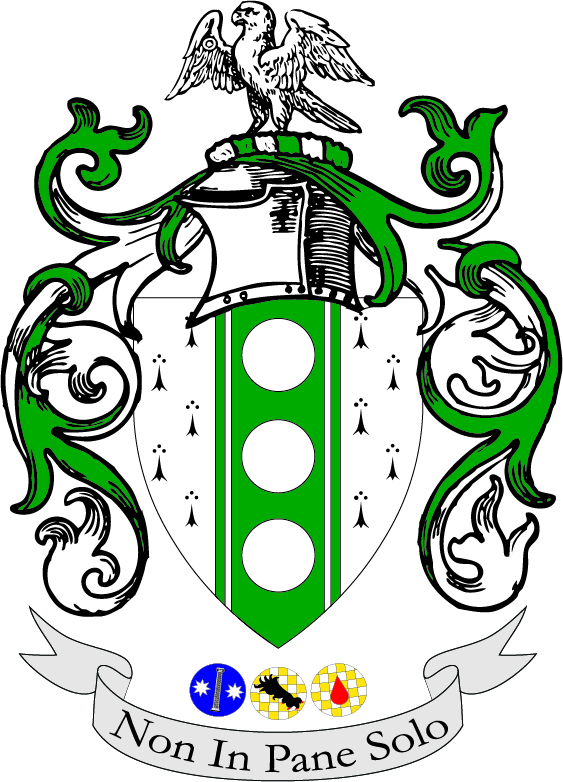A&S
How to Harvest Yeast
This is something that I’ve wanted to try for a long time, and in January when my wife, Her Ladyship Kayleigh, was needing beer barm to do some baking seemed like a good time. This was all done back in January, but I only now got around to posting it.
She had some barm left over so I decided to see what I could do with it.
Sourdough was well known and used, as we see from An Anonymous Tuscan Cookery Book (late 14th early 15th century) and other sources, but there are also some recipes that call for yeast. Now I’ve always assumed they mean sourdough or barm, but in Ein sehr Künstliches und fürtrefflichs Kochbuch von allerley Speysen 1560 we see instructions on how to harvest yeast:
(more…)





